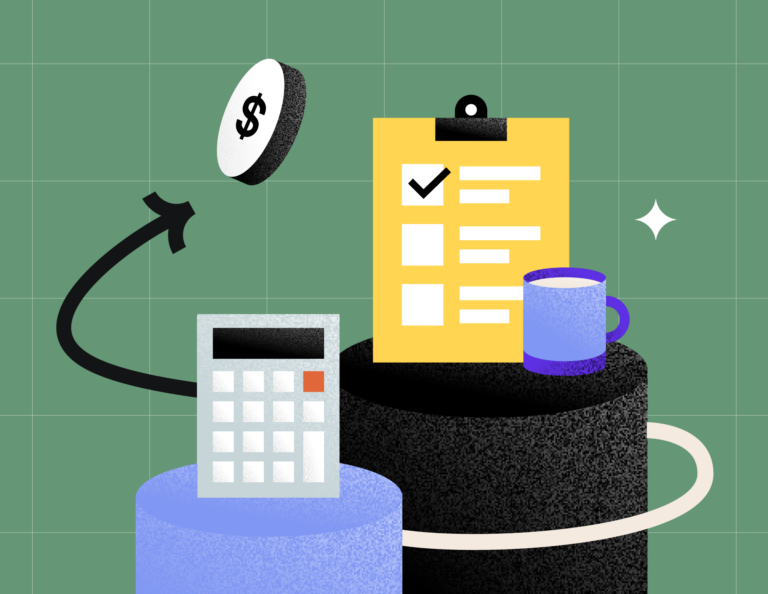Controlling business expenses is a crucial part of running a small business. Evaluating where to save money can help you achieve or sustain profitability. Here are 8 places to start.
8 ways to control your small business expenses
As a small business owner, one of the most important things you can do is to have an organized process to manage and track your business expenses, especially in these uncertain times. Maintaining your business costs within a budget can help you stabilize cash flow, prepare for emergencies, and achieve or sustain profitability. Being proactive will save your business both time and money and give you flexibility when unexpected situations arise. Here are 8 tips that can help you get started:
1. Create and work with a plan
Periodically evaluate your business state and create a roadmap of where you want to take it in the future. Tweak your plan as your business grows. Work with a business advisor to help you forecast expenses, plan for contingencies, maintain healthy cash flow, keep operations running, and outline your steps for growth.
2. Work from a budget
Budgeting will allow you to create a spending plan for your money, predict your cash flow, and operate your business within a defined financial framework. Without a budget, your business runs the risk of overspending unnecessarily or not spending enough to grow and compete. Start by researching the costs of doing business in your location and industry and create a spreadsheet of estimated expenses that you’ll need to operate monthly. Make sure to review your budget continually so you can assess where to save money on products and services.
3. Streamline your accounts payable (smarter payments)
An organized and efficient accounts payable process helps you establish rules and guidelines on how and when payments are made and keeps track of outgoing expenses.
Using an online payment software like Melio helps you be strategic about when to pay suppliers. Since you can schedule payments to go out exactly when you need them to, Melio saves your business early payment cash flow issues and late payment penalties.
You can use Melio to pay with an ACH for free, or with a credit card – even where cards aren’t accepted and defer certain payments till your next billing cycle (2.9% tax-deductible fee). Melio sends a check or bank deposit to your recipient on your behalf for free.
4. Find ways to reduce costs
It takes money to run a business, but you also have to be diligent in finding ways to reduce spending without hurting the service level you provide. Here are some ways your business can cut costs:
- Shop around for suppliers
Make it part of your regular workflow to shop around for alternative suppliers and review if you can get the same or similar goods or services at more competitive pricing. - Utilities – examine ways for your business to be more energy-efficient:
- Install a smart climate control thermostat
- Make sure your structure has tight seals at heat-loss points
- Install double-pane windows
- Use curtains and blinds to blackout on warmer days and let in light and warmth on colder days
- Make it a policy to power down non-essential lights, computers, appliances, and machinery after hours.
- Use energy-efficient lighting
- Overhead – small business owners tend to believe that fixed costs are non-negotiable. Still, in these unpredictable times, it might make sense to test the market and see if you can get a better deal from your current or competing suppliers and negotiate better rates on rent, insurance, advertising, and other fixed costs.
- Equipment – Preventive and proactive maintenance of your equipment can save your business an unexpected expense in the long run. If you do have to replace some equipment, explore the option of a gently used piece where it makes sense.
- Use of space – The pandemic has made many businesses reevaluate their use of space. It might be time to adopt space-efficient principles that let you do more with less and delay or even eliminate plans of moving to a larger, more expensive space.
Track your expenses with HoneyBook!
HoneyBook offers an all-in-one solution for tracking payments, expenses, cash flow and more. Try it today to start optimizing your business profit.
Start free trial5. Evaluate staffing costs
It’s the elephant in the room, but your staff represents one of the highest costs of your business. Ensure each employee is delivering their real value. Assess if you are maximizing their experience and skills and where they can bring the most value and efficiency. Use a salary index to determine if the compensation you are paying falls within the industry standards. Explore non-monetary incentives that can help bring costs down and still keep your employees happy like flexible hours, work from home, a day off as a reward for a task completed, etc. Consider hiring freelancers or non-contract laborers to minimize the expenses of employee benefits.
6. Inventory management
Inventory has a way of taking on a life of its own, growing and absorbing cash. If you want to control expenses, look to managing your inventory more effectively. Schedule inventory checks on a regular basis and carefully consider which items are selling and not selling. Those that are not selling tie up your cash. Analyze your sales patterns to determine when more busy times of the year and order inventory accordingly. Liquidate items that you are having a hard time getting rid of.
7. Work with an accountant
Many small business owners try to save on costs and do their own accounting; however, accountants are experts at pinpointing cash flow concerns and detecting issues early on, so in the long run, you could be paying more than you save both in mistakes and working hours. While you may think that working with an accountant is only relevant around tax-time, accountants can provide visibility around your whole financial situation, help you spot problematic spending patterns, and even act as a business advisor about how to manage best not only your cash flow but your business as a whole.
8. Pool resources with other small businesses
There is strength in numbers, and other businesses can be a great resource to help you control your business expenses. Many businesses reduce costs by cooperating with their neighbors or other companies in their industry. Buying supplies or equipment in bulk, sharing services, bartering are some ways that you can keep costs down. Reach out to your local trade association or industry association to connect with like-minded businesses.
Moving forward…
Every business is different, but almost every business ledger has some costs to reduce. Having a good understanding of what it means to control expenses helps you create a better business outlook, minimize stress, and create greater opportunities for long-term stability.


